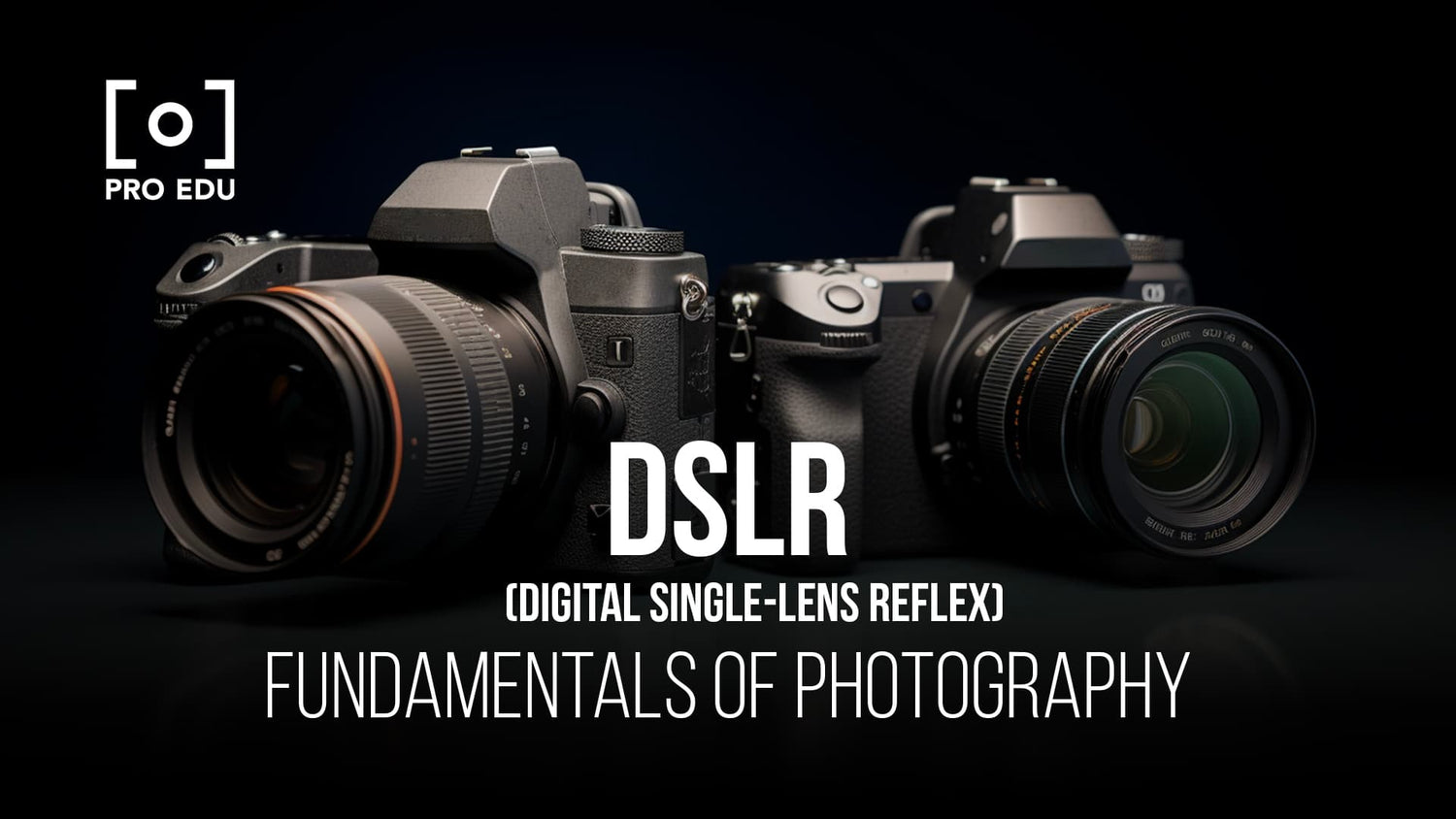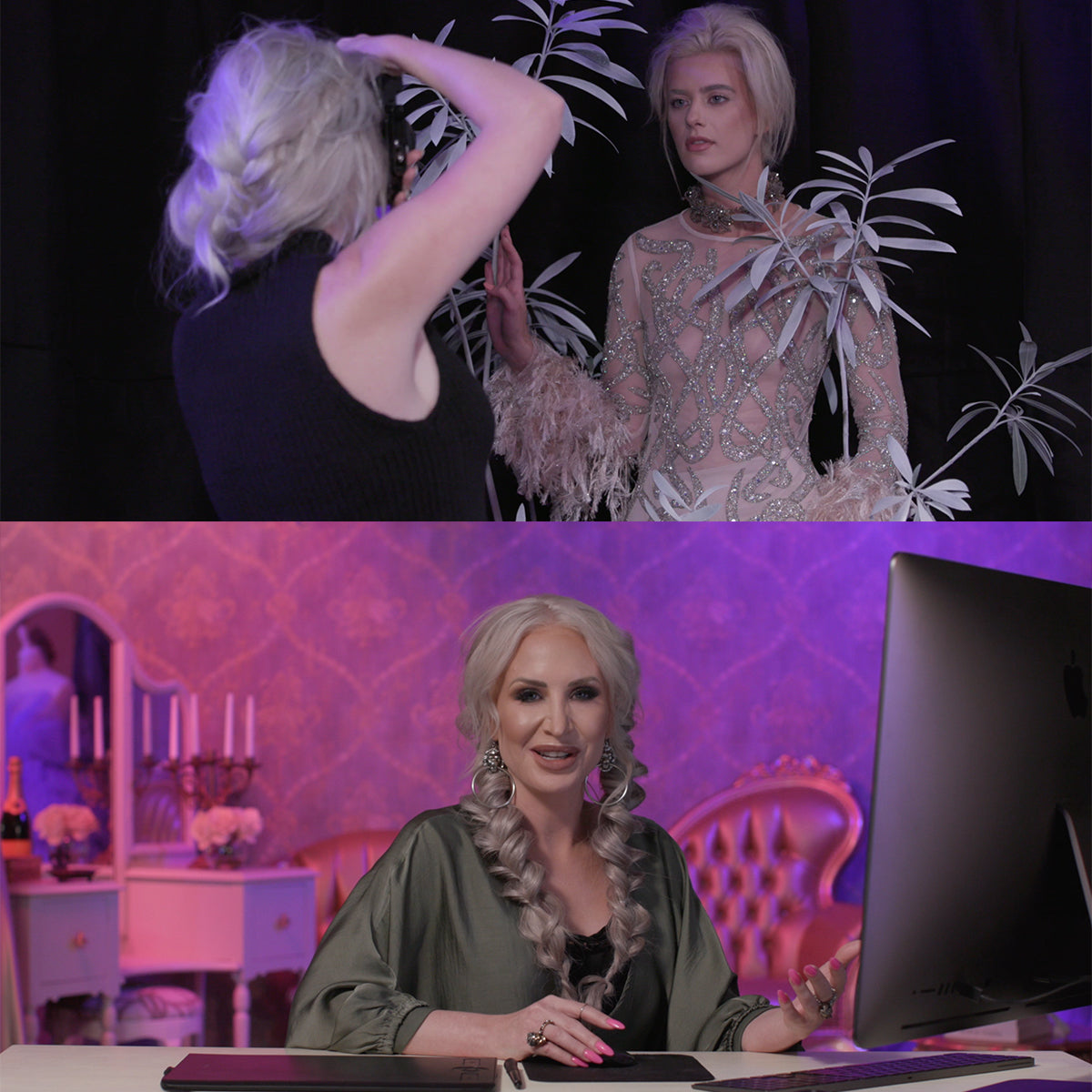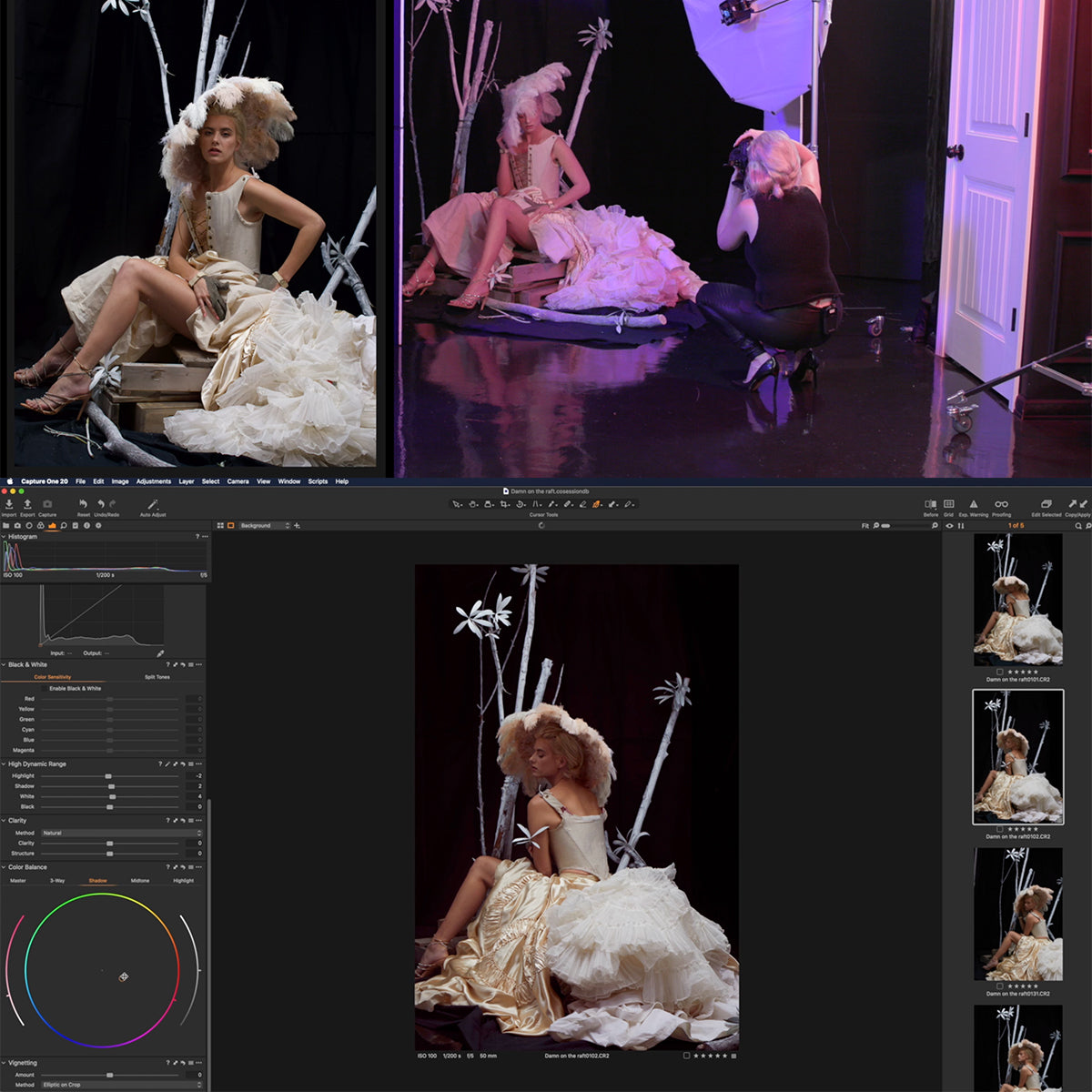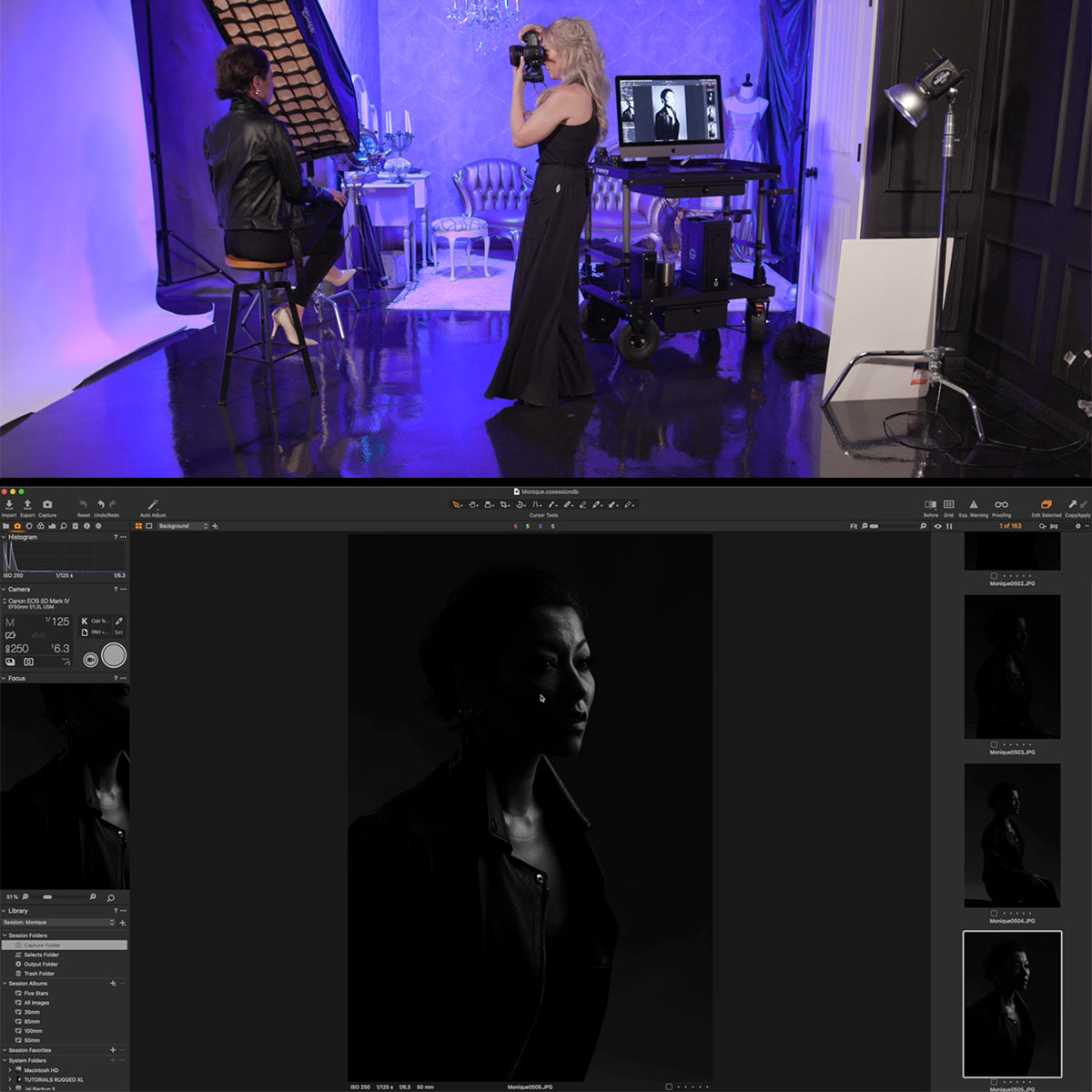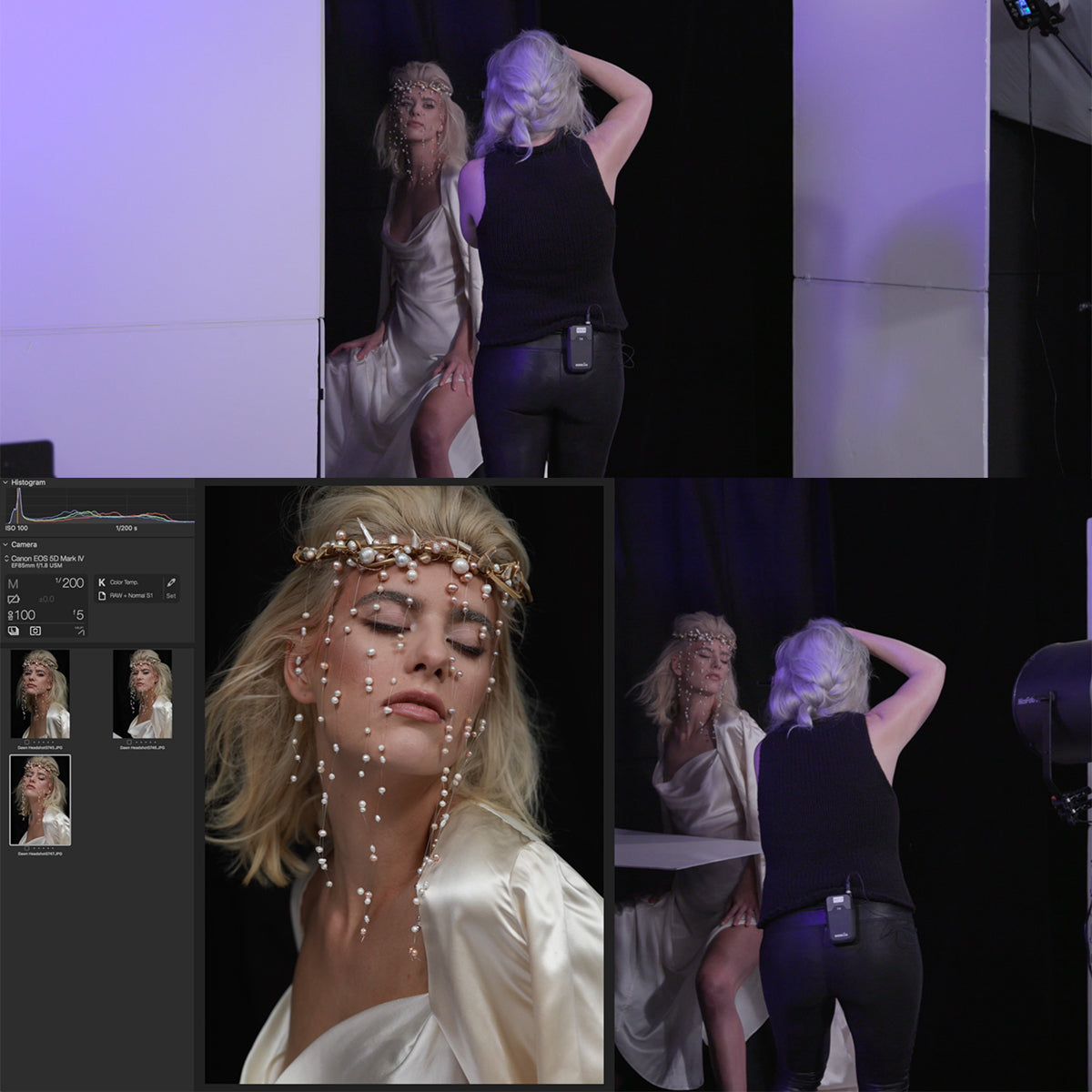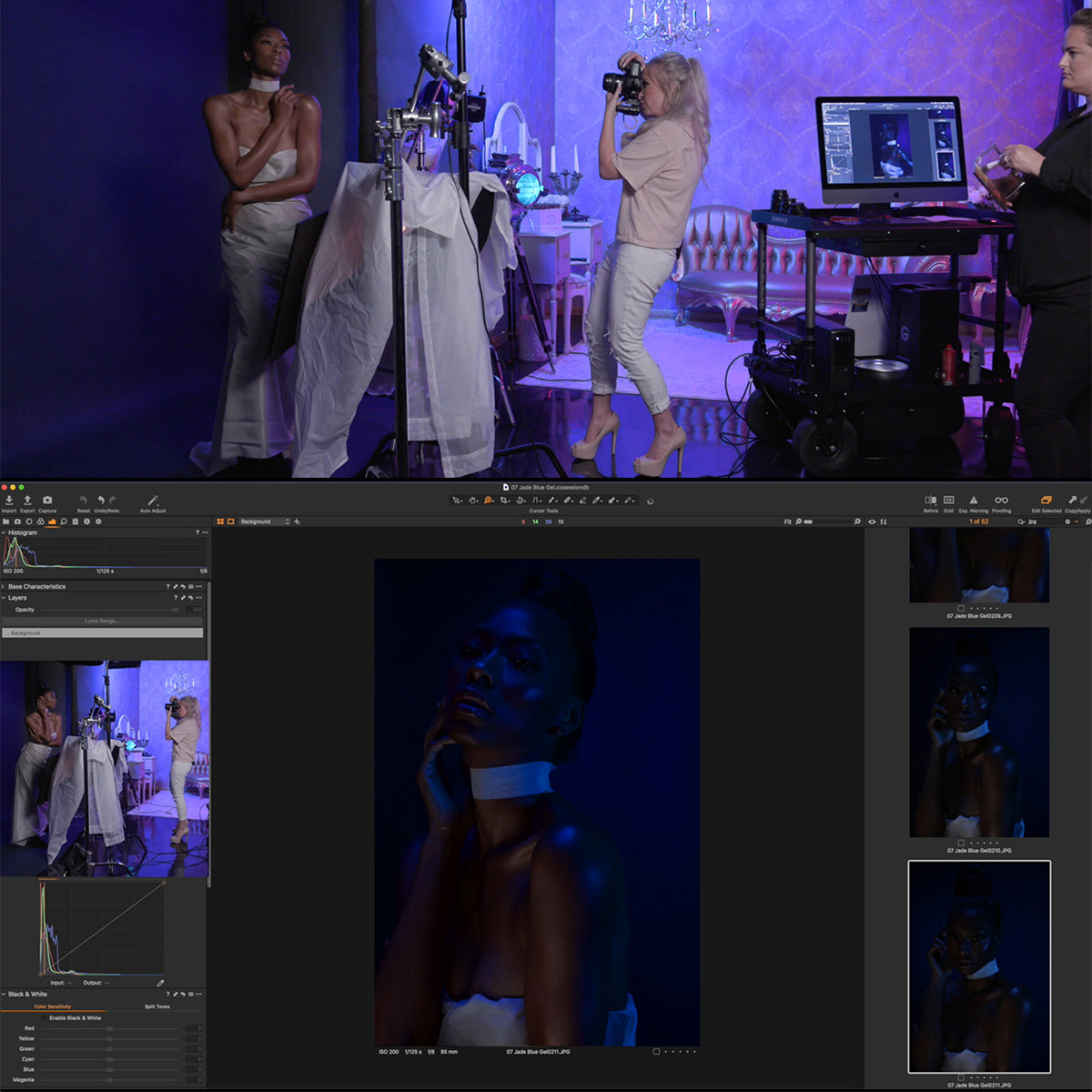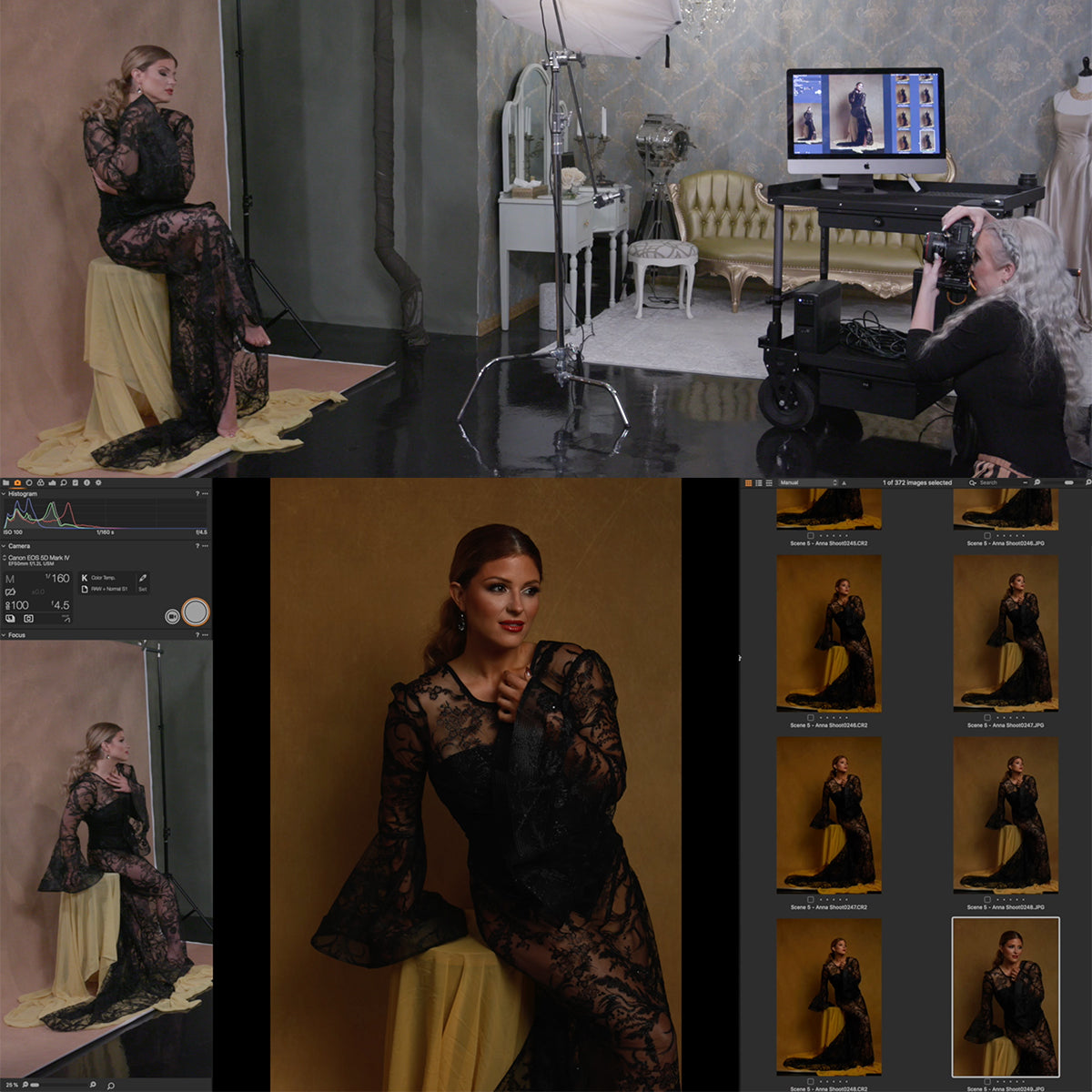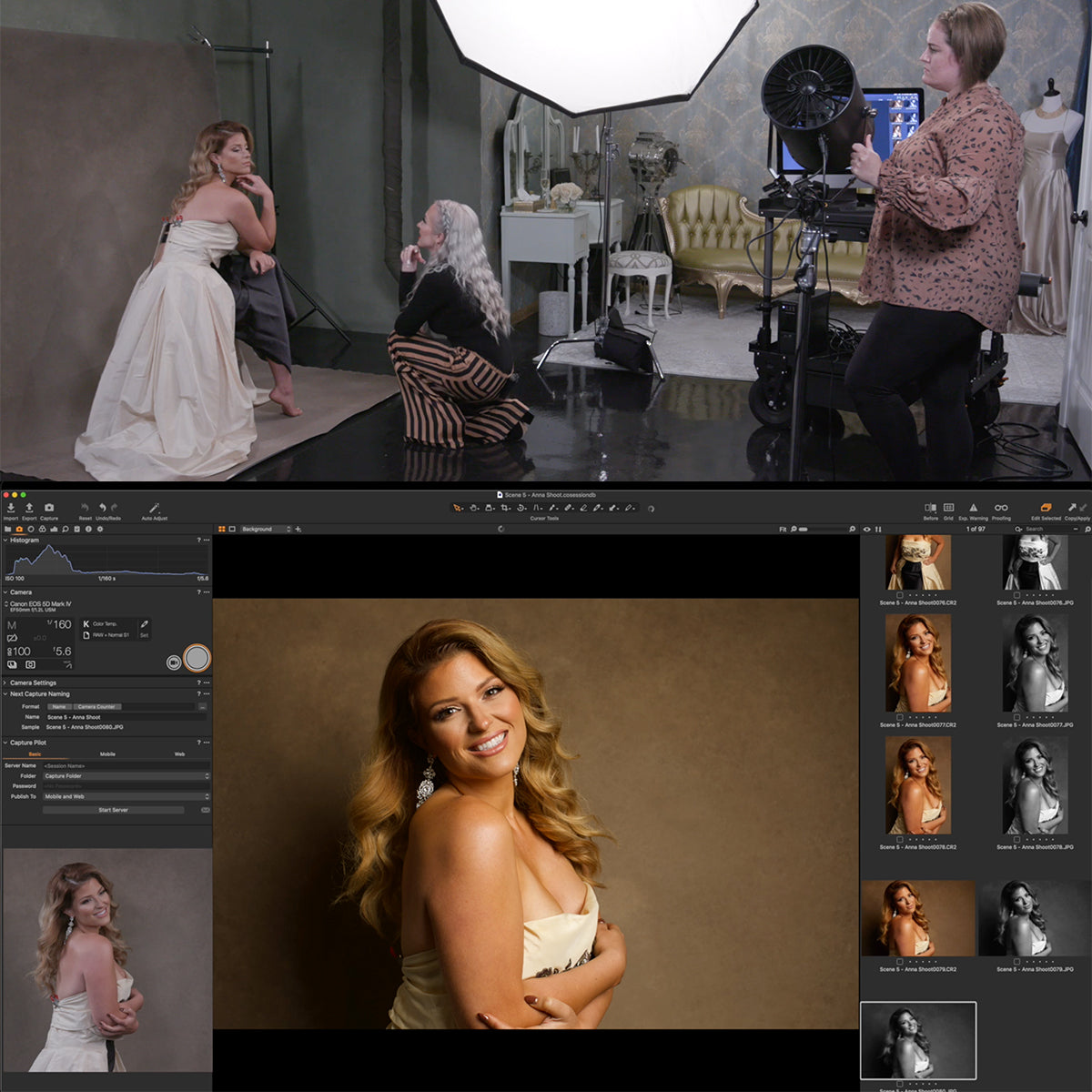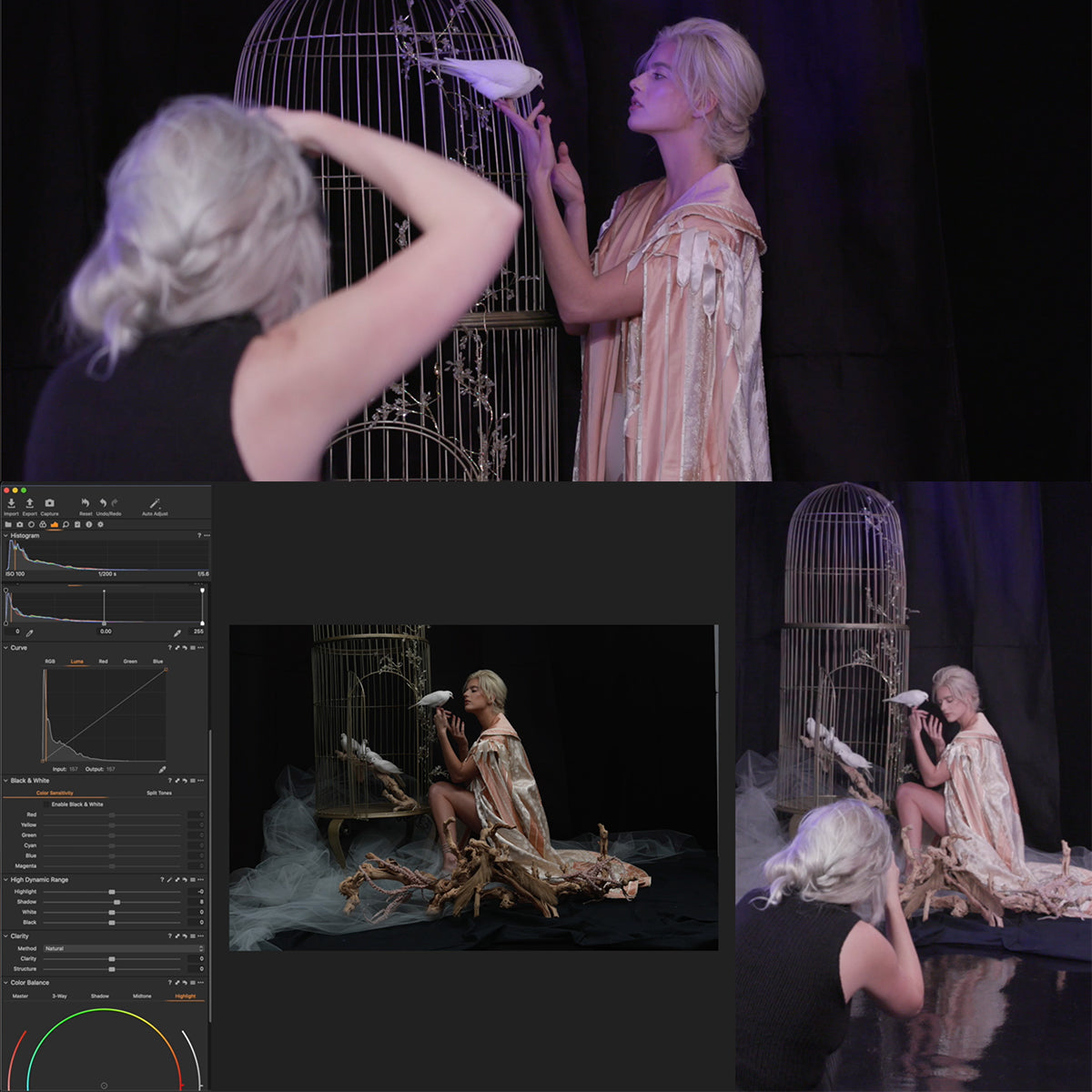DSLR Cameras Explained: A Beginner's Comprehensive Guide to Mastering Photography Basics
DSLR cameras have become a popular choice for photography enthusiasts and professionals alike. They offer an exceptional level of control, image quality, and versatility that makes them stand out from other types of cameras. As a beginner interested in entering the world of DSLR photography, it's essential to grasp the basics of how these cameras work and the key features they offer.
At their core, DSLR cameras are digital cameras with an internal mirror and prism system that directs light from the lens to the viewfinder, allowing you to compose your image accurately. They come with various modes and settings that enable photographers to capture stunning images in a wide range of situations. As you become more comfortable with your DSLR camera, you'll be able to take advantage of these settings to unlock your camera's full potential.
Key Takeaways
- DSLR cameras differ from other cameras due to their unique mirror and prism system
- They offer a variety of modes and settings for greater creative control
- Understanding the basics will help you choose the right DSLR camera for your needs and improve your photography skills.
Understanding What a DSLR Camera Is
A DSLR (Digital Single-Lens Reflex) camera is a type of camera that uses a mirror mechanism to capture images. This mirror directs light from the lens to the optical viewfinder and digital sensor, allowing us to see the exact image we are about to photograph. DSLR cameras are known for their versatility, high image quality, and wide range of available lenses.
The heart of a DSLR camera is its digital sensor, which captures light and converts it into digital data. This data is then processed and stored on the camera's internal memory card. Thanks to the digital sensor, DSLR cameras can autofocus quickly and hold thousands of photos.
DSLRs Versus Other Cameras
One of the main differences between a DSLR camera and other types of cameras, such as mirrorless cameras, is the presence of the mirror mechanism. In mirrorless cameras, light goes directly to the digital sensor, which provides a live preview on an electronic viewfinder or the camera's LCD screen. Consequently, mirrorless cameras are generally smaller and lighter than DSLRs.
On the other hand, DSLRs have a broader range of available lenses and superior battery life. While both DSLR and mirrorless cameras can produce high-quality images, the choice depends on the photographer's needs and preferences.
In summary, a DSLR camera is an advanced photographic tool that uses a mirror mechanism and a digital sensor to capture precise and high-quality images. Compared to other cameras like mirrorless models, DSLRs often have longer battery life and extensive lens options.
Key Features of a DSLR Camera
Aperture, Shutter Speed, and ISO
When shooting with a DSLR camera, understanding aperture, shutter speed, and ISO is crucial. Aperture affects the depth of field, and is expressed in f-stops. Lower f-stop values let more light in and produce a shallower depth of field, while higher f-stop values let less light in and create a deeper depth of field.
Shutter speed is the duration for which the camera's shutter is open, and directly impacts motion blur. Slow shutter speeds capture more light and movement, making them excellent for low-light situations. Fast shutter speeds freeze action, resulting in sharp images.
ISO measures the sensitivity of the camera's sensor to light. A lower ISO value produces less noise and is ideal for well-lit environments, while a higher ISO value increases sensitivity and is better suited for low-light conditions. Keep in mind that a high ISO can also result in more image noise.
With their interchangeable lenses, DSLR cameras provide endless creative possibilities. Choosing the right lens for your subject or shooting scenario is crucial to getting the desired outcome.
The optical viewfinder in a DSLR allows you to preview the scene before capturing it. This feature not only helps with composition, but also assists in choosing the correct focus and exposure settings.
DSLR cameras are known for their impressive autofocus systems, which enable quick and accurate subject tracking. This is particularly helpful in fast-paced or action-filled environments, ensuring that your subject remains in focus.
Many modern DSLR cameras offer 4K video capabilities, providing high-quality video recording options. The ability to capture stunning footage makes these cameras suitable for both photography and videography projects.
Another benefit of DSLR cameras is their long battery life, which ensures that you won't miss a moment during prolonged shoots. Coupled with the ample storage space provided by modern memory cards, you can capture plenty of images without running out of resources.
In conclusion, understanding the key features of a DSLR – such as aperture, shutter speed, ISO, lenses, autofocus, optical viewfinder, 4K video capabilities, battery life, and memory card storage – will help you make the most of your camera and capture stunning images in diverse environments.
Modes and Settings in DSLR Cameras
Shooting Modes
In DSLR cameras, there are various shooting modes to choose from depending on your needs. The most common modes are Aperture Priority, Shutter Priority, Program Mode, Auto Mode, Manual Mode, and Guide Mode.
Aperture Priority (A or Av) allows us to prioritize the depth of field and background blur by manually adjusting the aperture while the camera automatically adjusts shutter speed to create a balanced exposure.
Shutter Priority (S or Tv) lets us control the shutter speed to either freeze or blur motion while the camera adjusts aperture accordingly.
Program Mode (P) combines both automatic and manual controls, allowing us to change the aperture or shutter speed, while the camera adjusts the other factor.
Auto Mode takes care of all settings to deliver an optimal image, making it suitable for beginners.
Manual Mode (M) offers full control over aperture, shutter speed, and ISO, giving experienced photographers the most creative freedom.
Guide Mode provides step-by-step guidance, assisting beginners in understanding different shooting modes and settings.
Metering Modes
Metering modes help us determine the correct exposure by measuring the light in a specific area of the frame. There are typically three main metering modes in DSLR cameras:
-
Matrix/Evaluative Metering: Measures light from the entire frame and calculates the overall exposure. It works well for evenly lit scenes.
-
Center-Weighted Metering: Focuses on the center of the frame and measures the light around it. Ideal for portraits and subjects in the middle of the image.
-
Spot Metering: Measures light only in a small area, typically 3-5% of the frame, giving precise exposure control for high contrast scenes.
Focus Modes
Focus modes determine how a DSLR camera adjusts focus while shooting. Different focus modes assist us in capturing sharp images under various conditions:
-
AF-S or One Shot: Suitable for stationary subjects, this mode locks focus once the subject is in focus.
-
AF-C or AI Servo: Continuously focuses on a moving subject, tracking its motion to ensure it remains in focus.
-
AF-A or AI Focus: Automatically switches between One Shot and AI Servo based on the subject's movement, balancing stationary and moving subjects.
Tips for Shooting with a DSLR
One of the most important aspects of photography is understanding the exposure triangle. This involves balancing aperture, ISO, and shutter speed to create the perfect exposure. Aperture measures the opening of your lens and controls the depth of field in your shots, while ISO affects image brightness and digital noise. Shutter speed determines how motion is captured, with slower speeds resulting in more motion blur. Practice adjusting these settings to improve your photography skills. For information on the exposure triangle, you can refer to this beginner's guide.
Another essential technique for DSLR photography is spot metering. This method helps you accurately expose your subject by metering the light from a specific area of the scene. Spot metering is especially useful in challenging lighting conditions or when your subject is moving. Experimenting with different metering modes will enable you to achieve better image quality in various scenarios.
When it comes to capturing movement, using telephoto lenses can help you get closer to your subject and create more interesting compositions. Telephoto lenses offer higher magnification and a narrower field of view, allowing you to isolate your subject and create a stronger sense of depth. However, telephoto lenses also require more stability; using a tripod or monopod is advised to minimize image blur.
In certain situations, especially when shooting macro or close-up subjects, switching to manual focus mode may provide better results. Manual focus allows you to fine-tune the focus point and achieve sharper images. It's an essential skill to learn, as it can improve your image quality and help you capture your artistic vision more effectively.
Remember, practice makes perfect. The more you shoot, explore different photographic techniques, and adjust settings, the better your images will be. Most importantly, enjoy the process of learning and growing as a photographer.
Choosing Your First DSLR Camera
As a beginner, it's important to find an entry-level DSLR camera that provides a balance between price and features. In this section, we'll discuss some popular beginner DSLR cameras like the Nikon D3500, Canon EOS Rebel T7, and Pentax K-70.
The Nikon D3500 is a popular choice for many beginners due to its user-friendly interface and significant improvements over its predecessor, the D3400. It offers a 24.2 MP sensor, an 11-point autofocus system, and built-in support for SnapBridge, Nikon's mobile app for wireless image transfer.
On the other hand, the Canon EOS Rebel T7 is a reliable entry-level camera with a 24.1 MP sensor and a 9-point autofocus system. This camera is known for its excellent image quality and ease-of-use, making it a great choice for those new to photography.
The Pentax K-70 offers a weather-resistant body and in-body image stabilization, setting it apart from other beginner DSLRs. With a 24.24 MP sensor, it delivers high-quality images even in challenging conditions. However, it might be a bit more advanced for some users, as it caters to those looking to grow in their photography skills.
When considering which entry-level DSLR to buy, we recommend comparing features, price, and reviews. It's essential to try them out in person if possible, as comfort and ergonomics can play a significant role in your decision-making process. Remember, selecting the right beginner DSLR camera will pave the way for your photographic journey, helping you hone your skills and capture stunning images.
Frequently Asked Questions
What is the difference between DSLR and mirrorless cameras?
DSLR cameras use a mirror and prism system to send light to the viewfinder, while mirrorless cameras bypass the mirror system entirely, directly exposing the digital sensor to light. This results in a more compact and lighter design for mirrorless cameras. However, DSLR cameras typically have faster autofocus and a more substantial selection of lenses.
How do I choose the right lens for my DSLR camera?
Choosing the right lens depends on your photography goals and preferences. Factors to consider include focal length, aperture, image stabilization, and lens compatibility with your DSLR camera. It's essential to understand different types of lenses and their functions, such as wide-angle, telephoto, and macro lenses, to make an informed decision.
What settings should a beginner start with on a DSLR camera?
Beginners should first familiarize themselves with shooting modes, like 'auto', 'Av', 'Tv', 'P', and 'M', which are usually found on a dial on the DSLR camera. 'Auto' mode allows the camera to decide aperture, shutter speed, and ISO, which is suitable for most scenarios. However, to gain more control and mastery over your photography, it's essential to learn how to use other manual shooting modes.
How can I improve my photography skills using a DSLR?
To improve your skills, practice is crucial. Along with consistent practice, understanding the exposure triangle – a balance of aperture, ISO, and shutter speed – is a foundational concept for effective DSLR photography. You can also take workshops, read books, or watch tutorial videos to enhance your knowledge and become more proficient with your camera.
What essential accessories should I consider for my DSLR?
Some essential accessories for your DSLR include a sturdy tripod for stability, a camera bag to protect your investment, extra batteries and memory cards for longer shooting sessions, a lens cleaning kit, and filters to enhance or protect your images. Investing in these accessories can greatly improve your DSLR experience and help you create better photos.
How do I properly maintain and clean my DSLR camera?
Proper maintenance and cleaning of your DSLR will ensure its longevity and optimal performance. It's important to store your camera in a cool, dry place and protect it from dust, humidity, and extreme temperatures. Additionally, clean your camera's exterior with a microfiber cloth and use a specialized lens cleaning kit for your lenses. Avoid touching the sensor directly when cleaning, and consider a professional cleaning service if necessary. Adhering to these simple maintenance tips will help keep your DSLR camera in its best condition.


